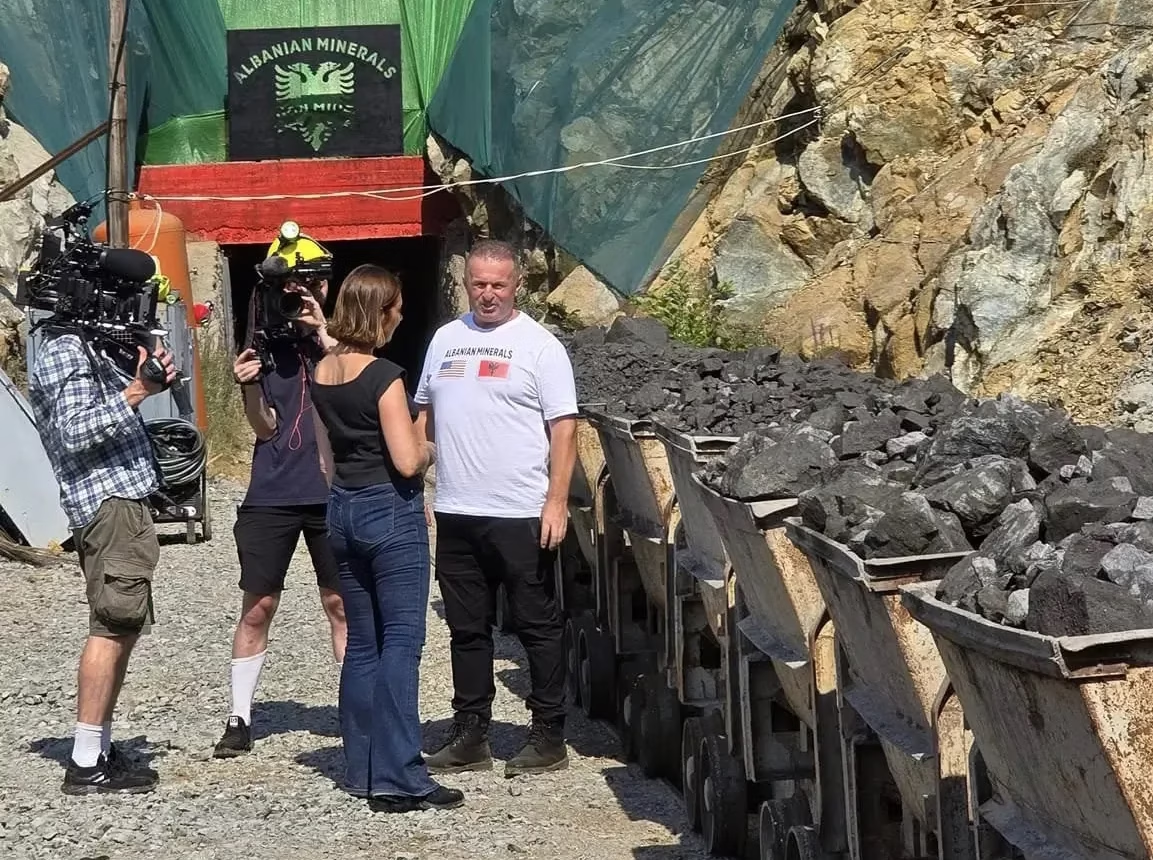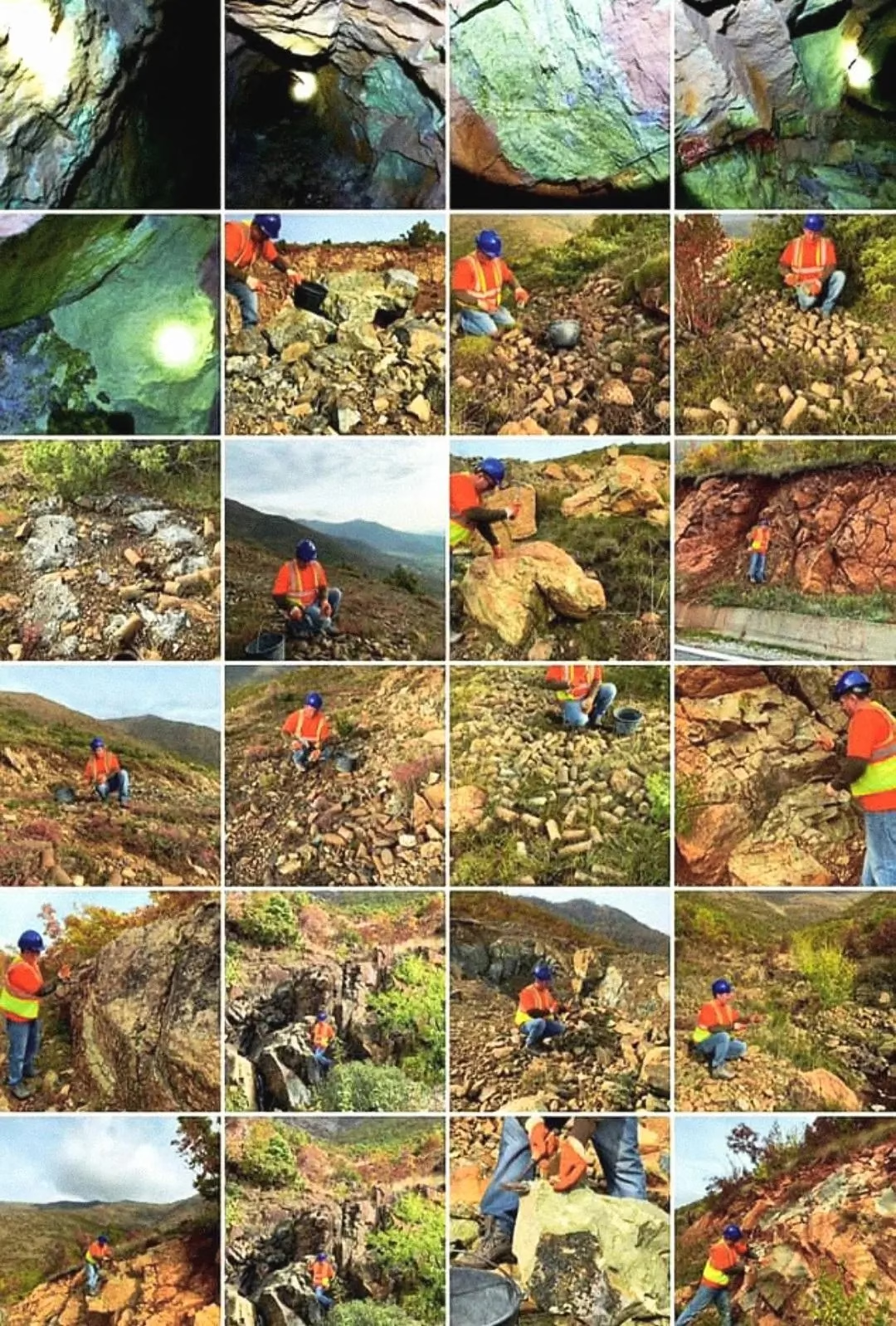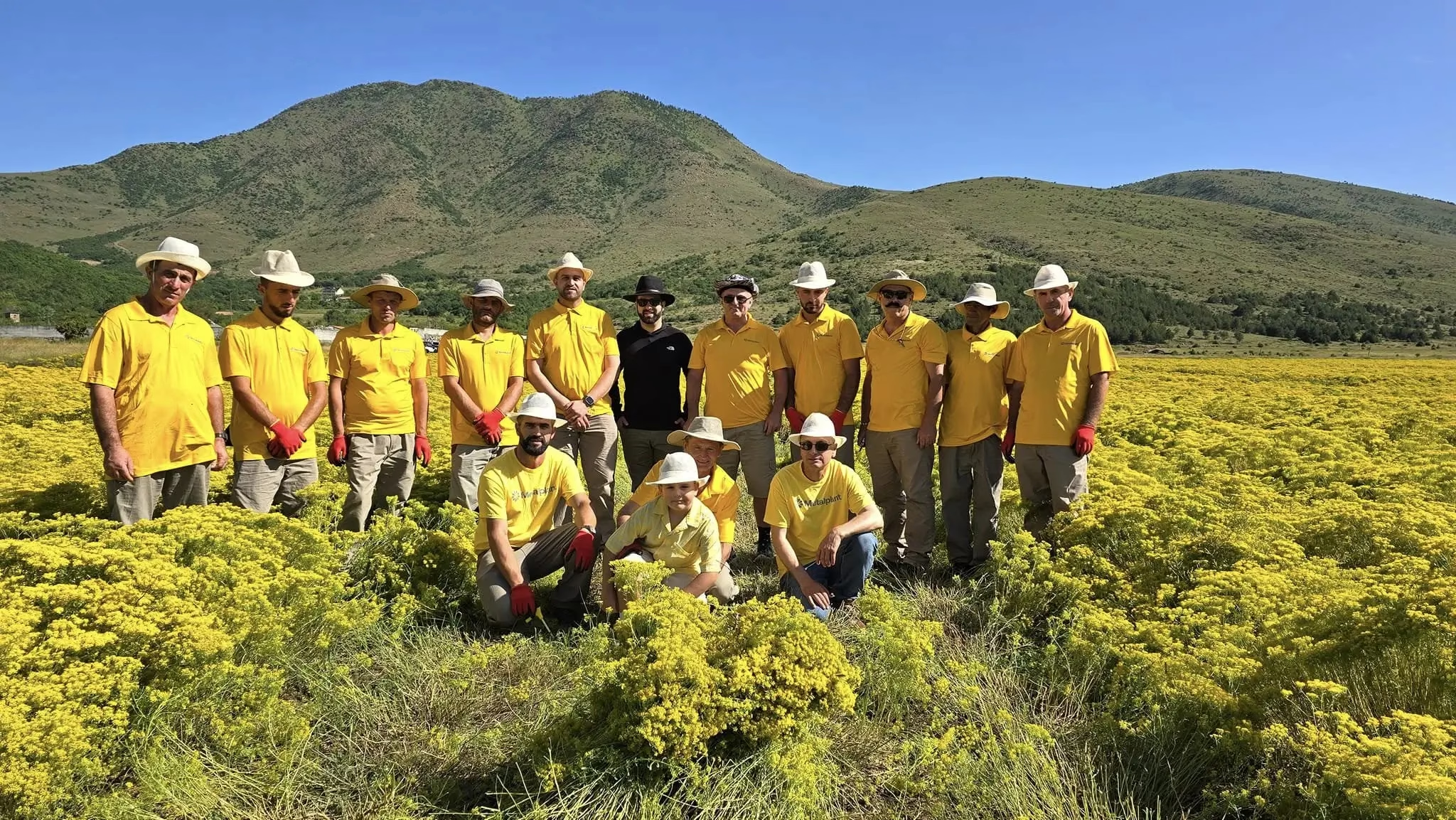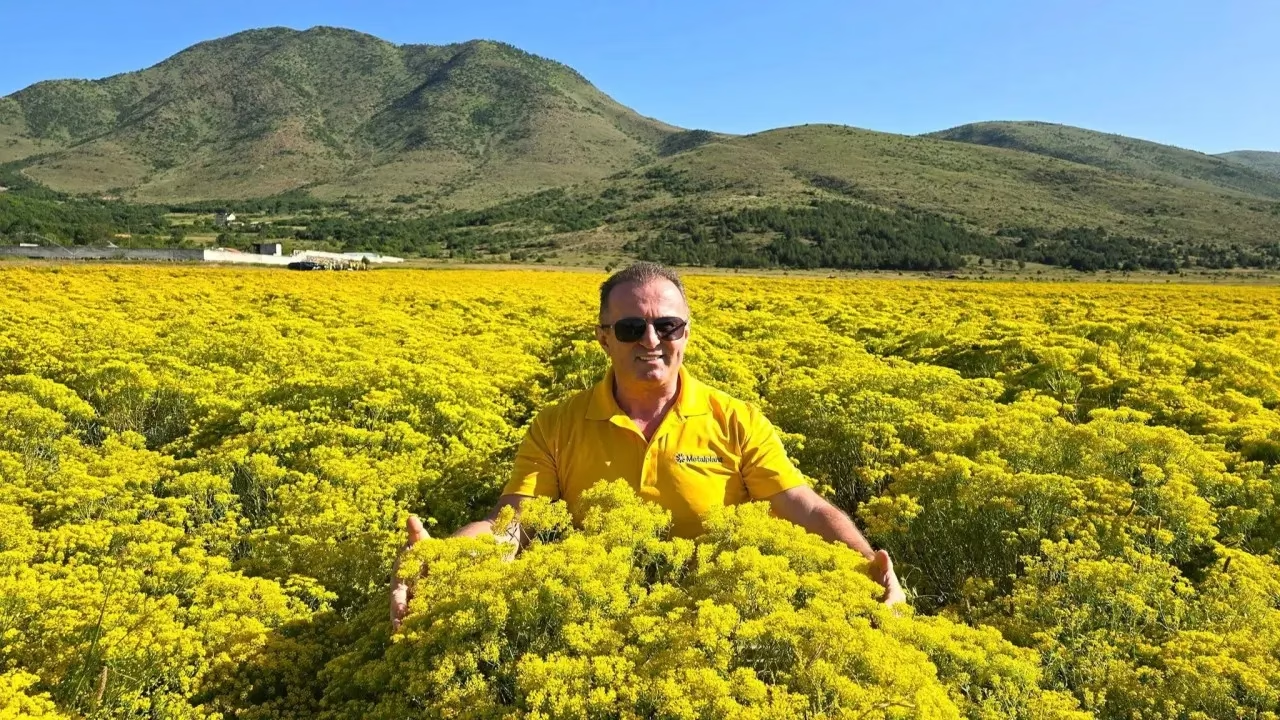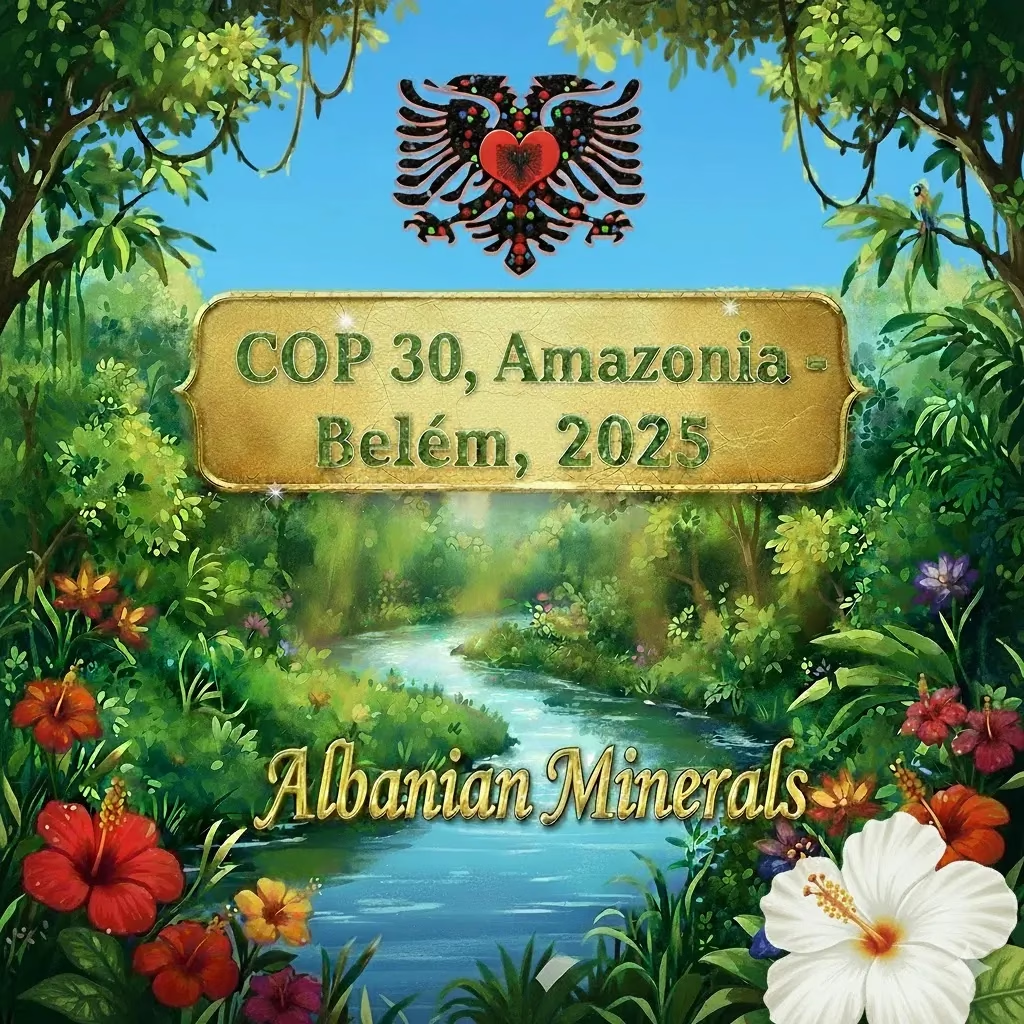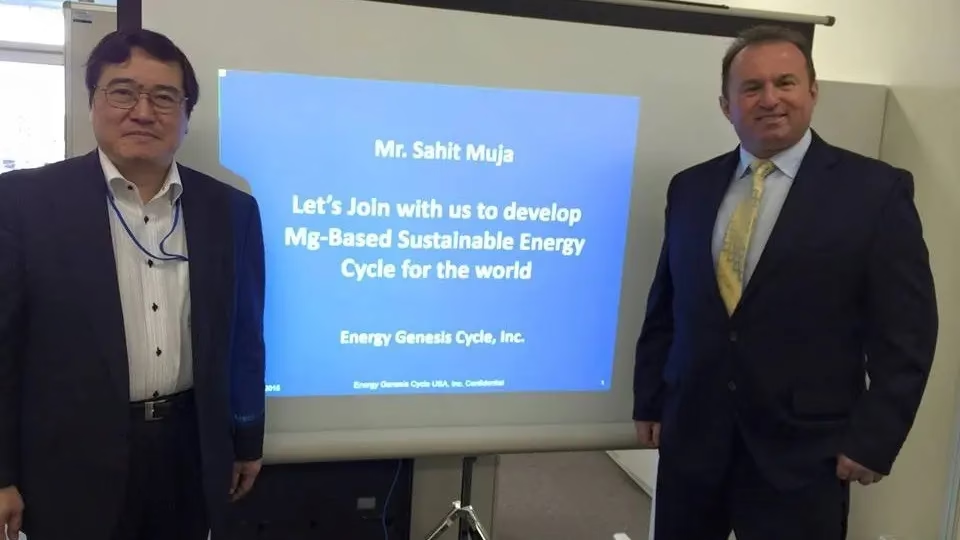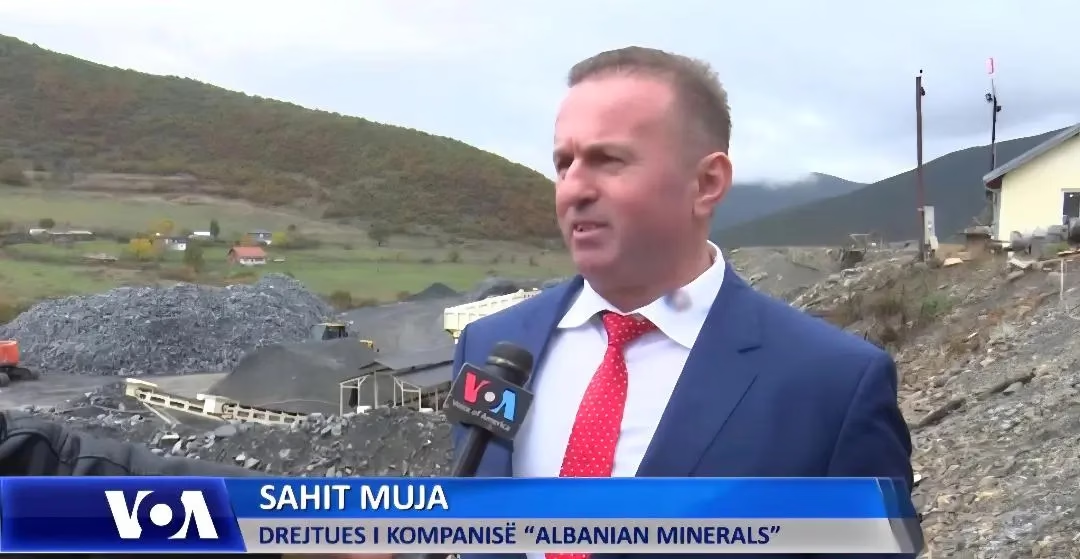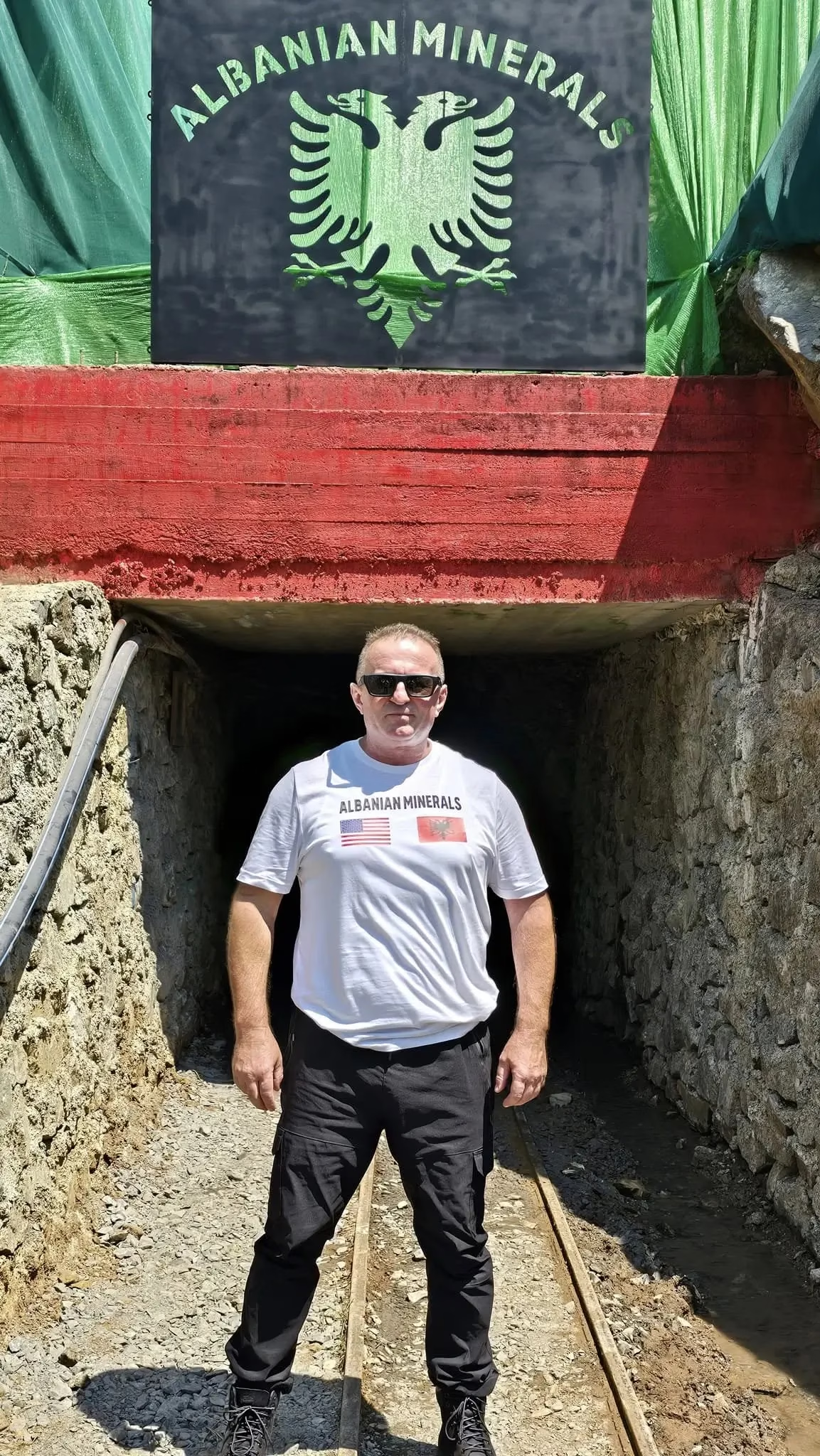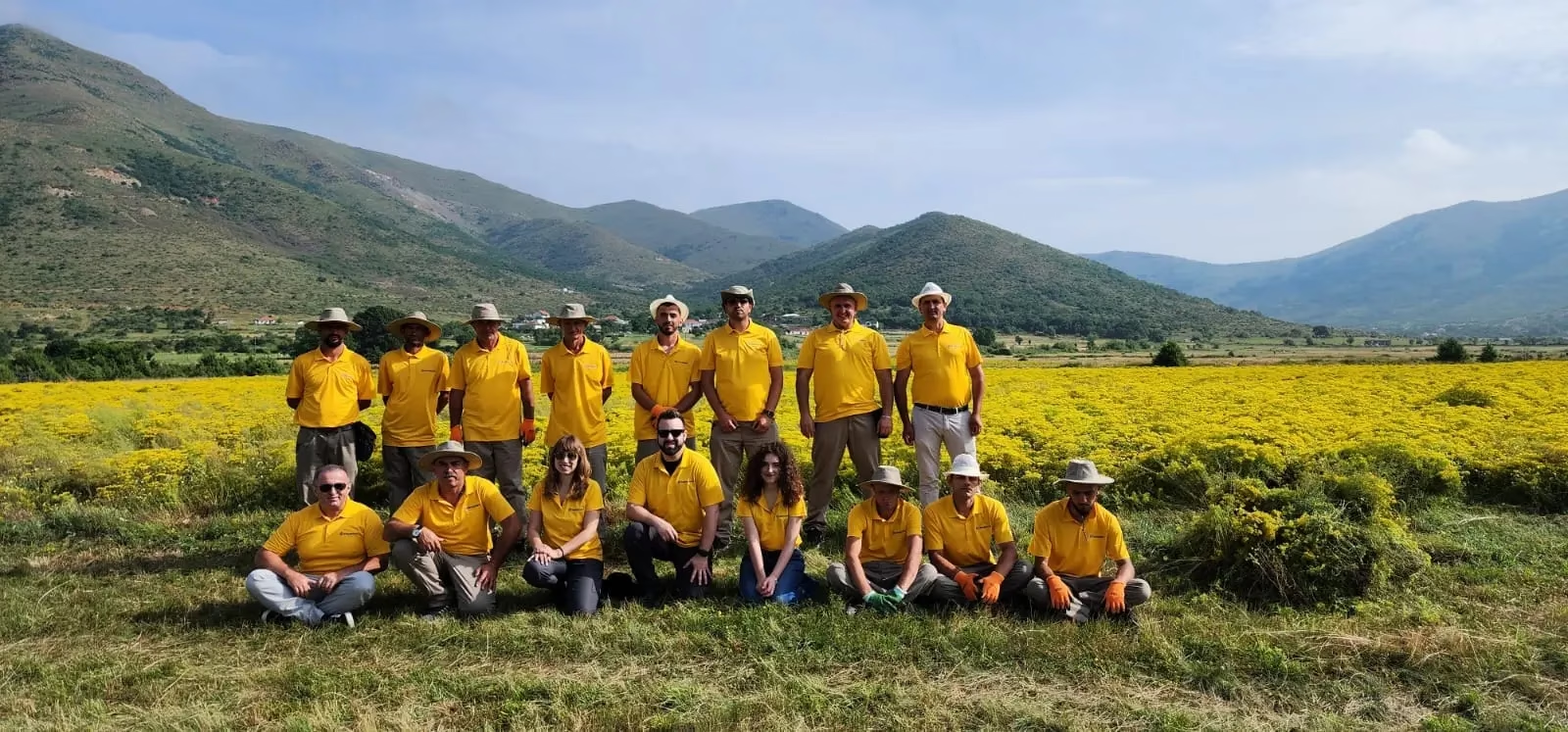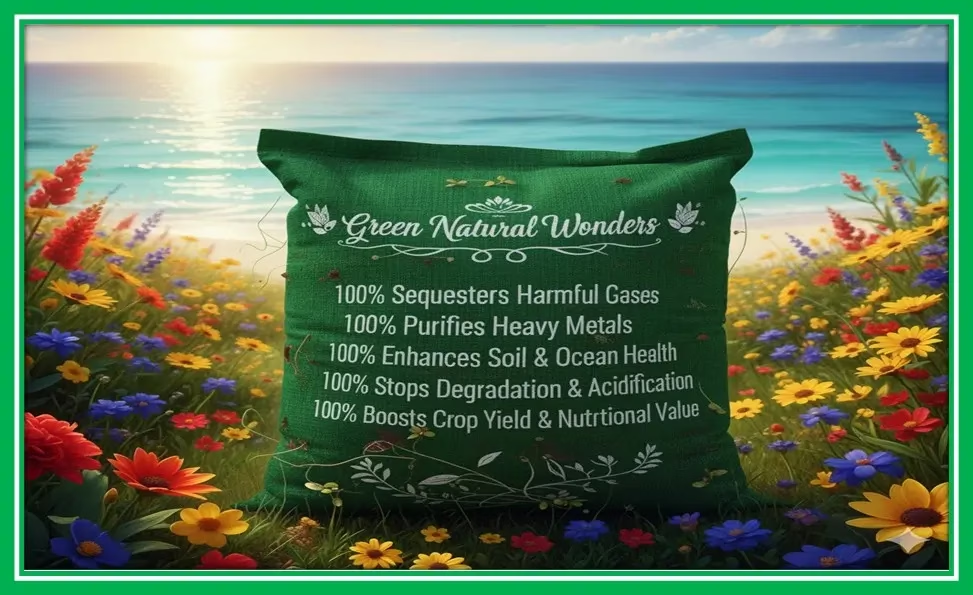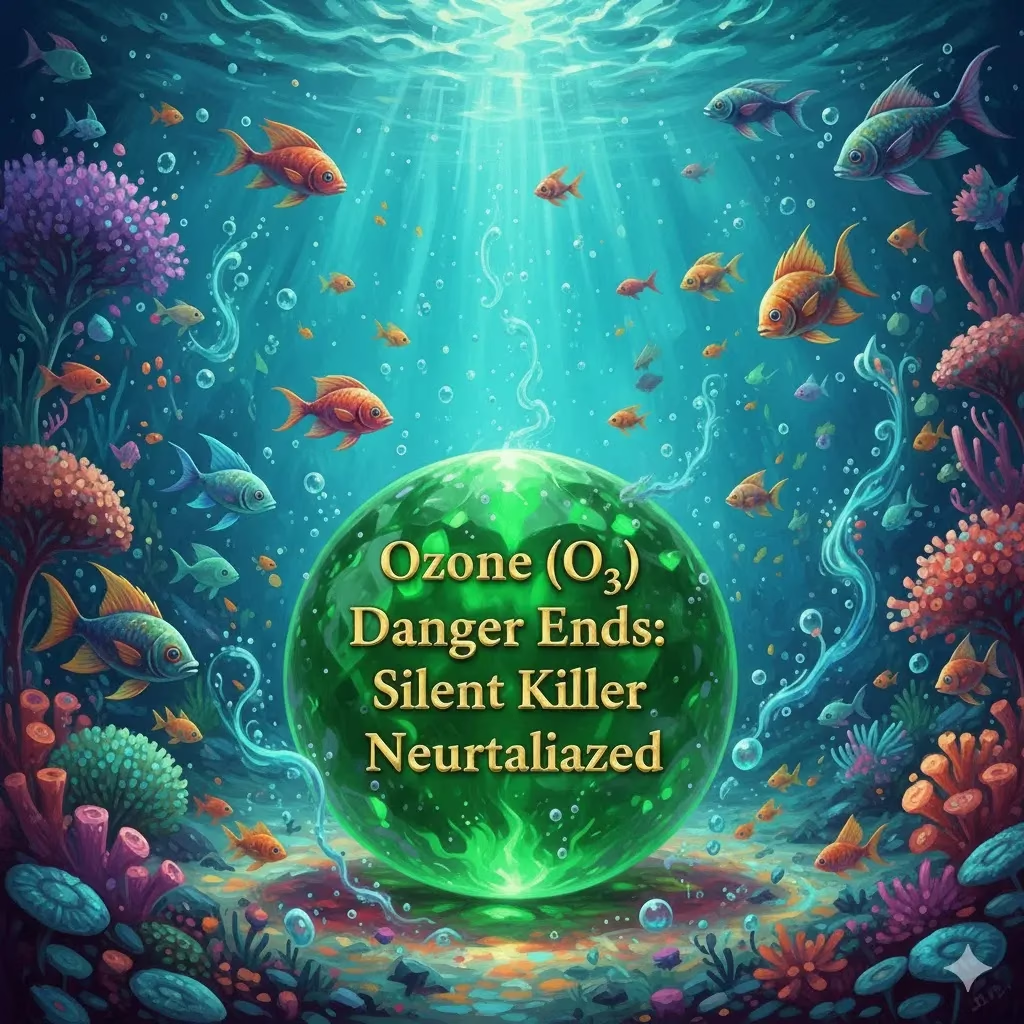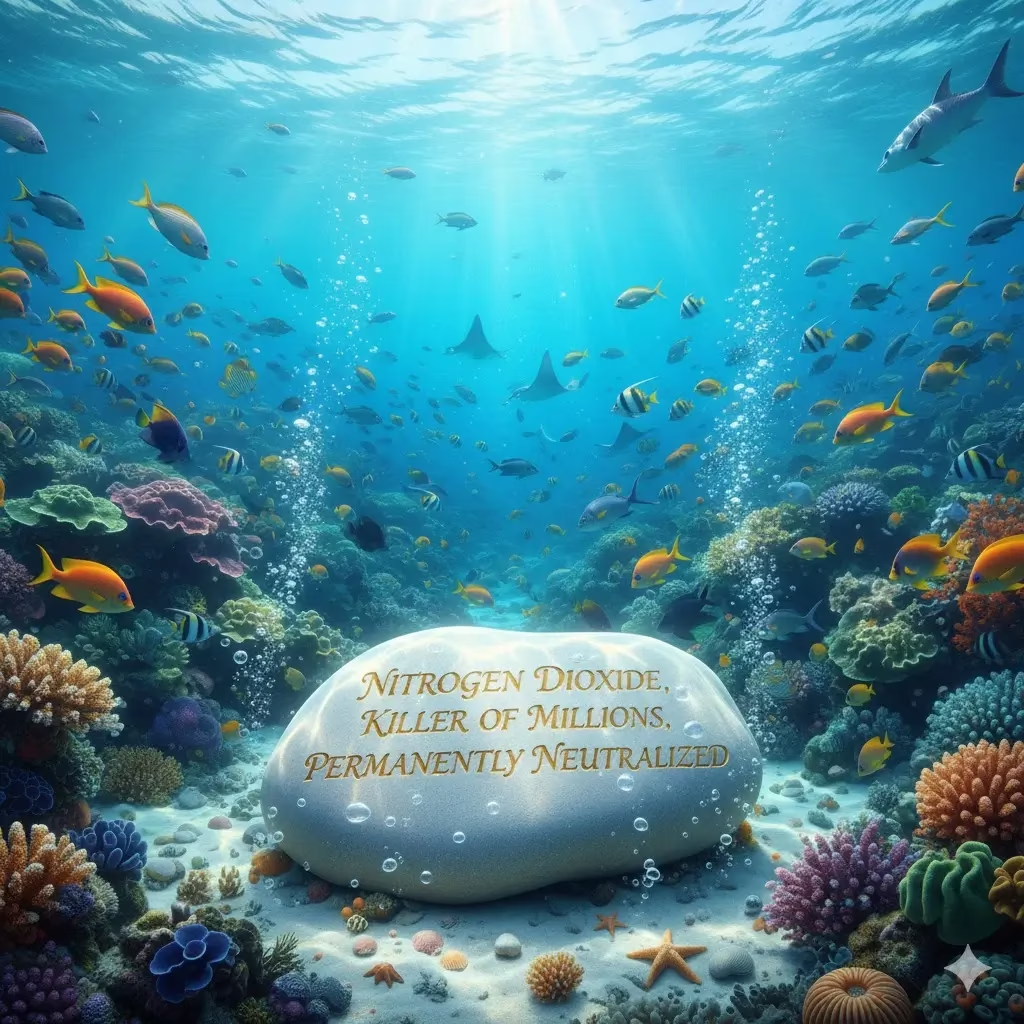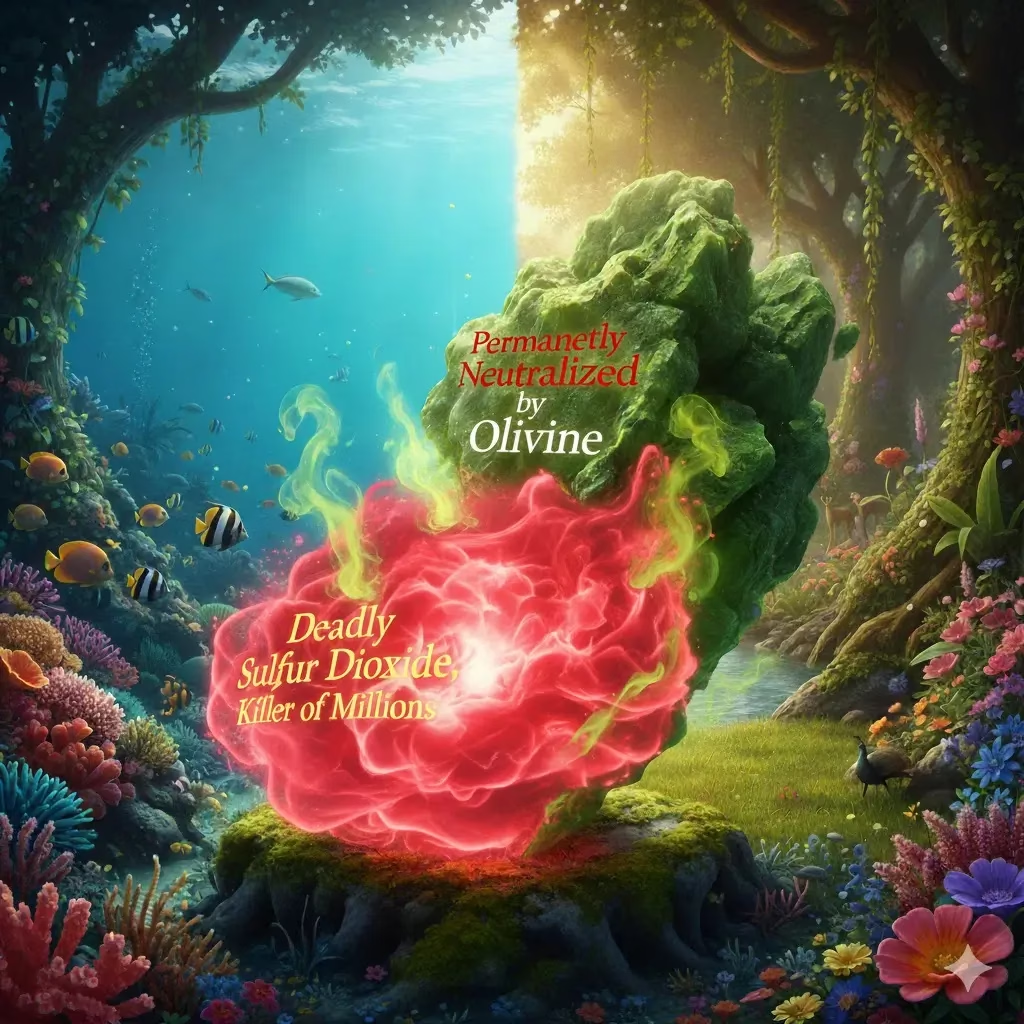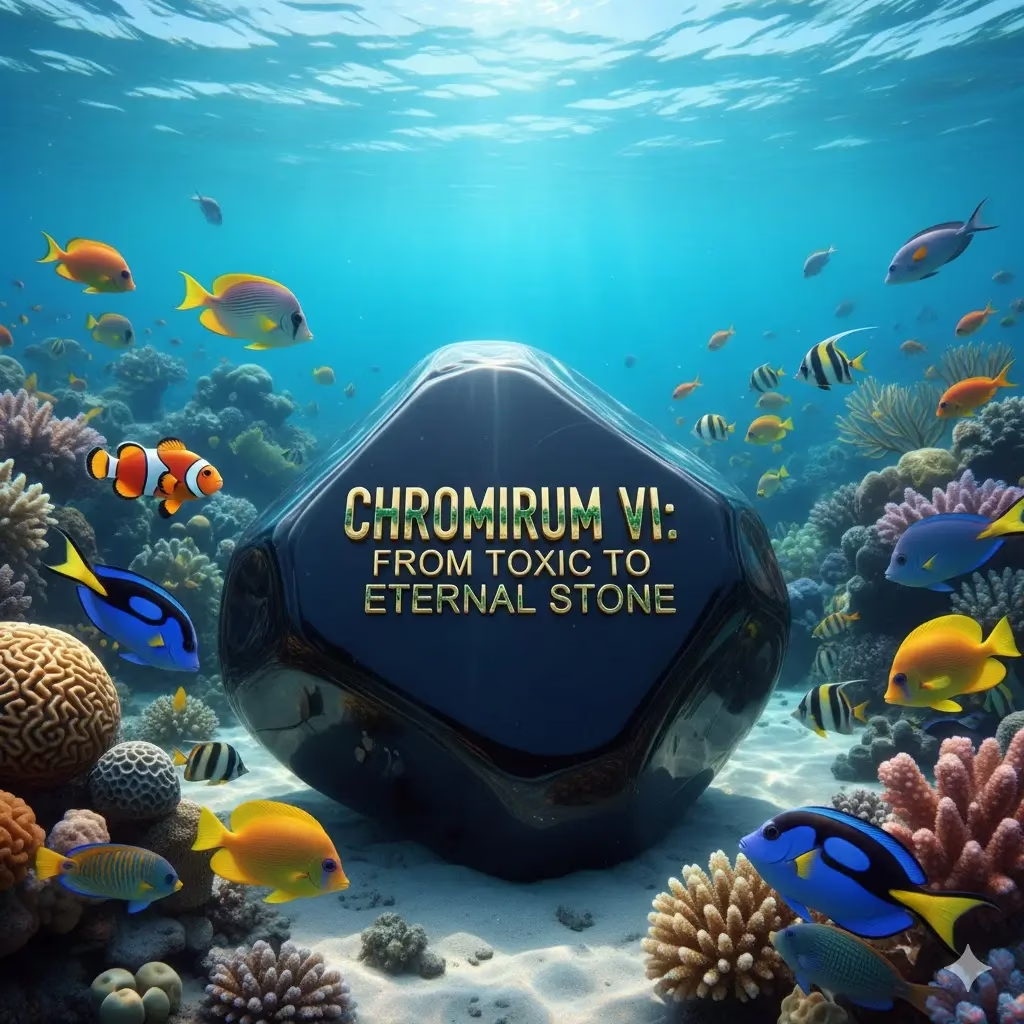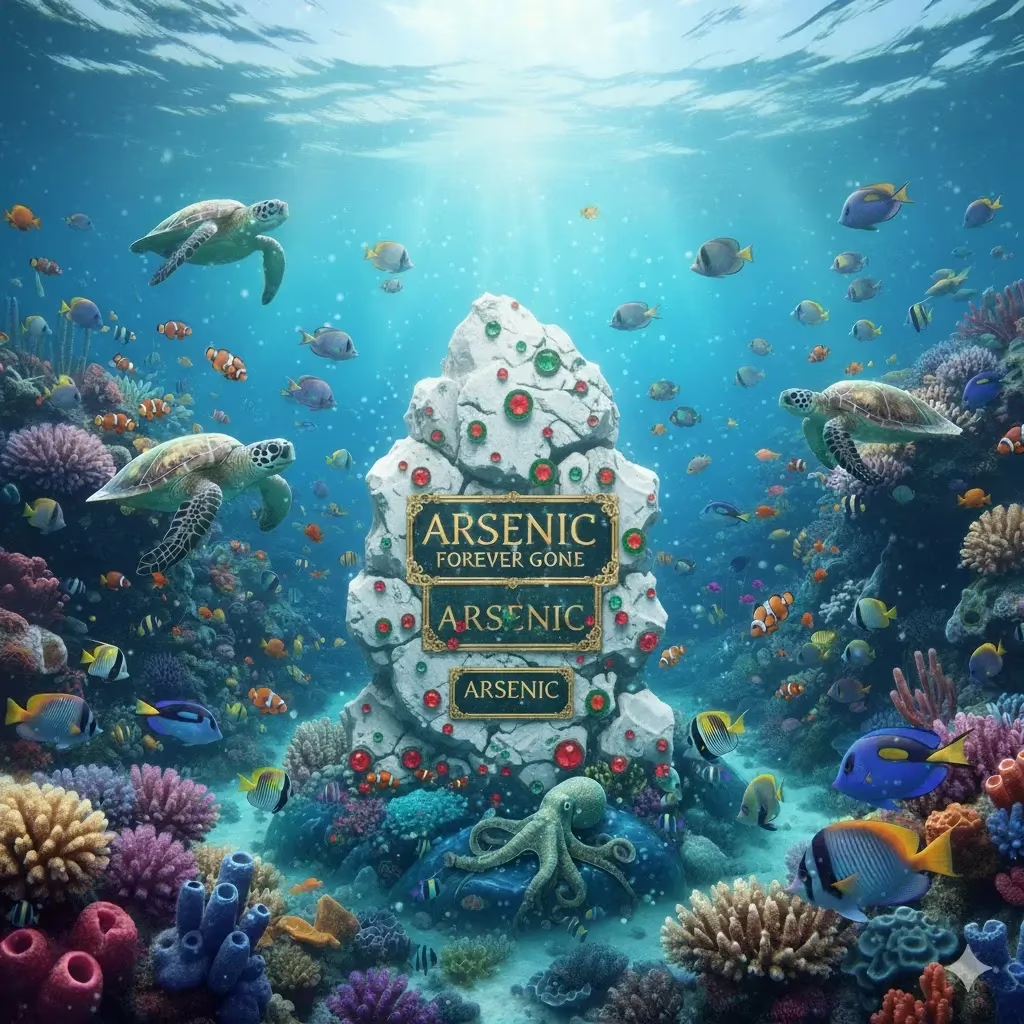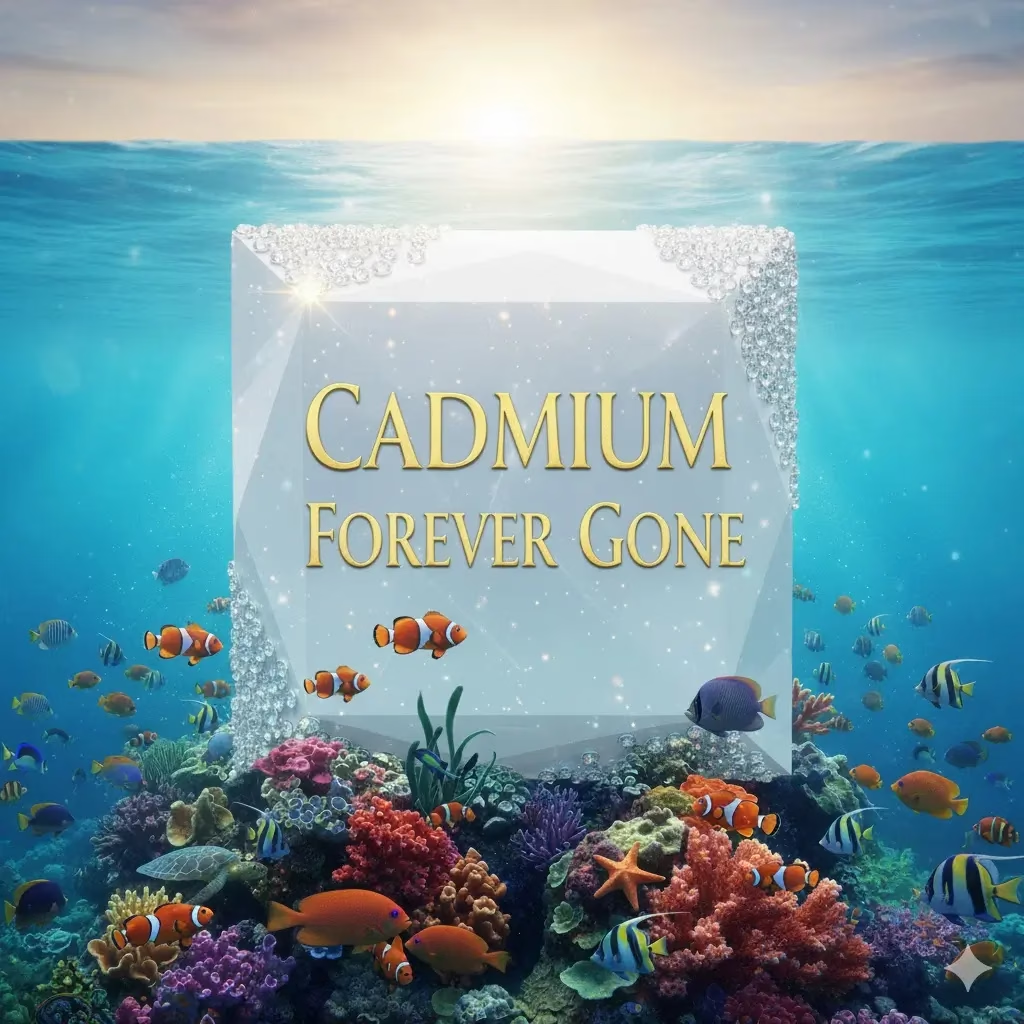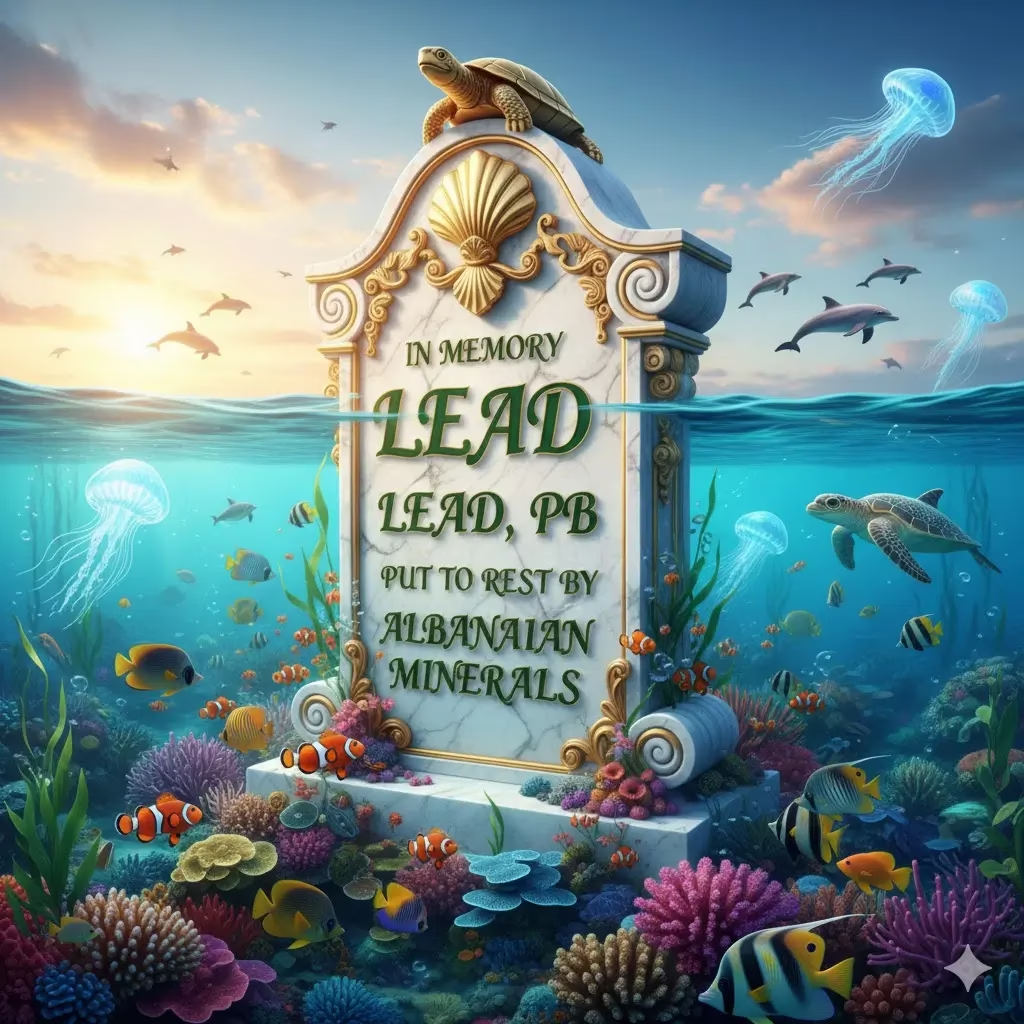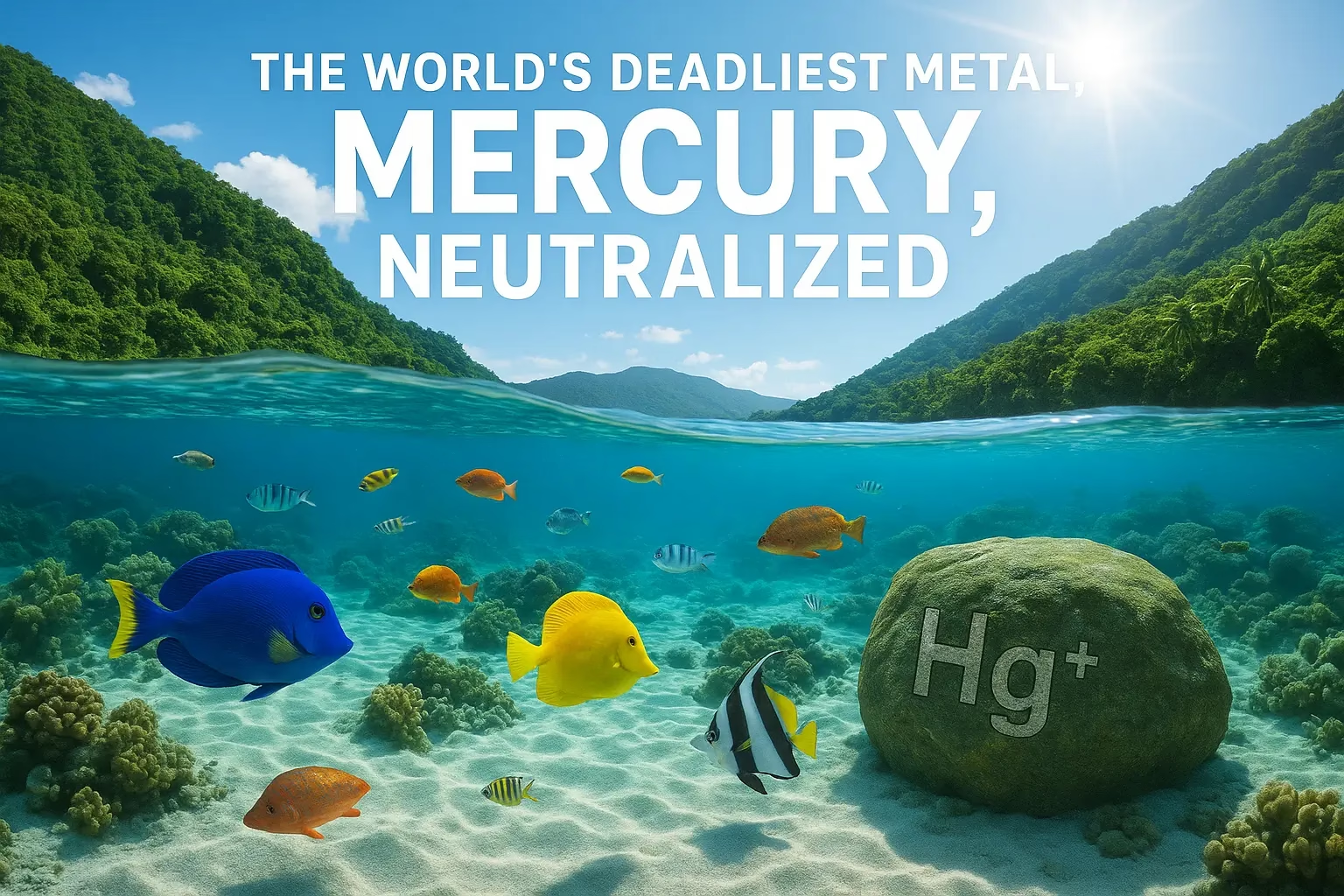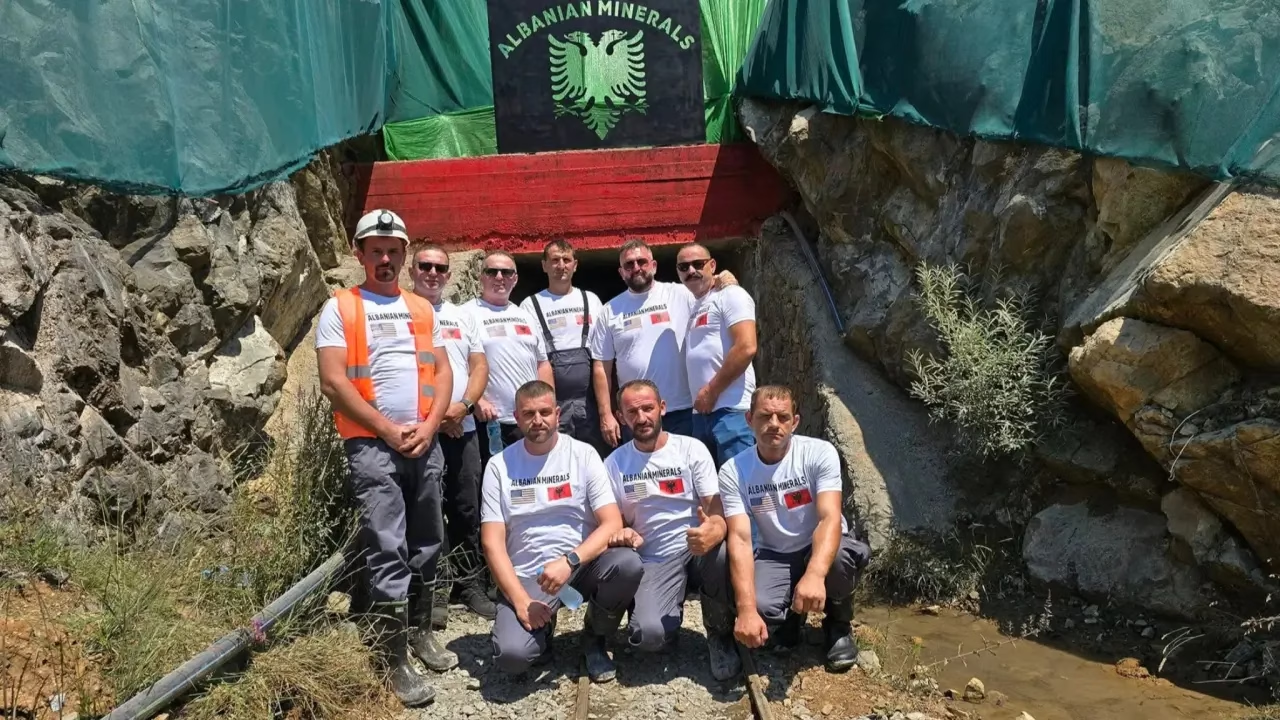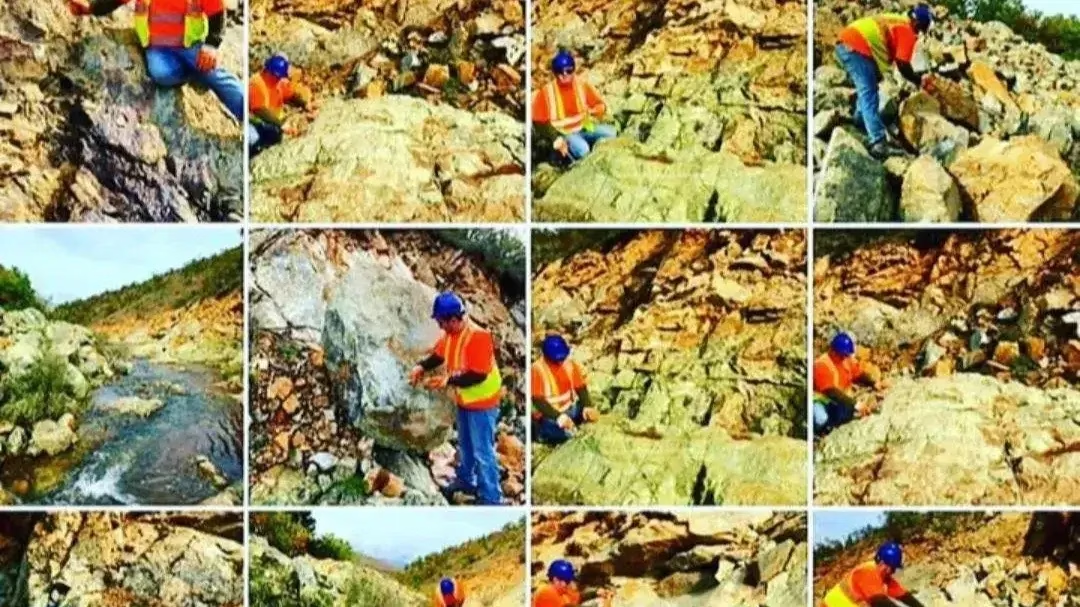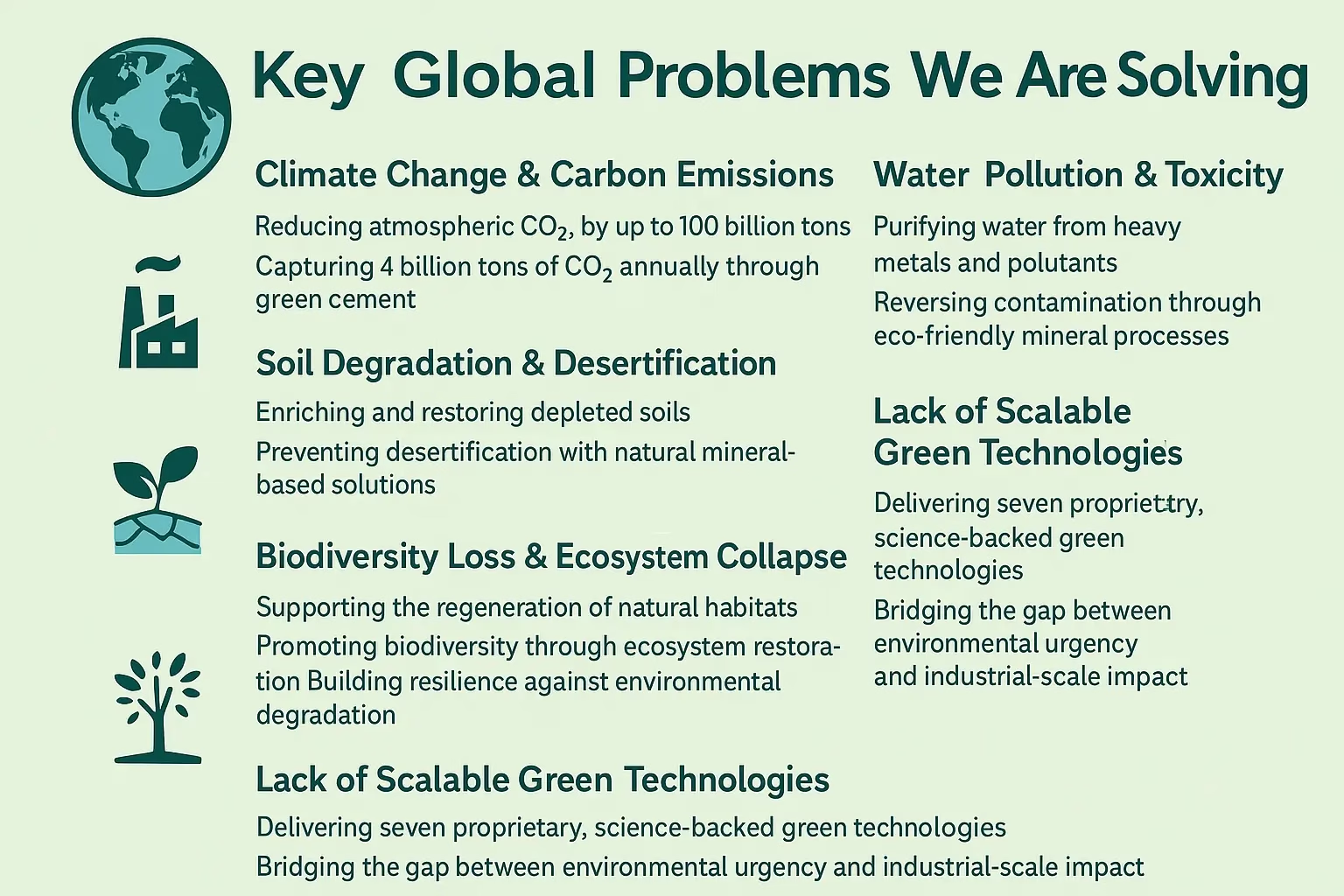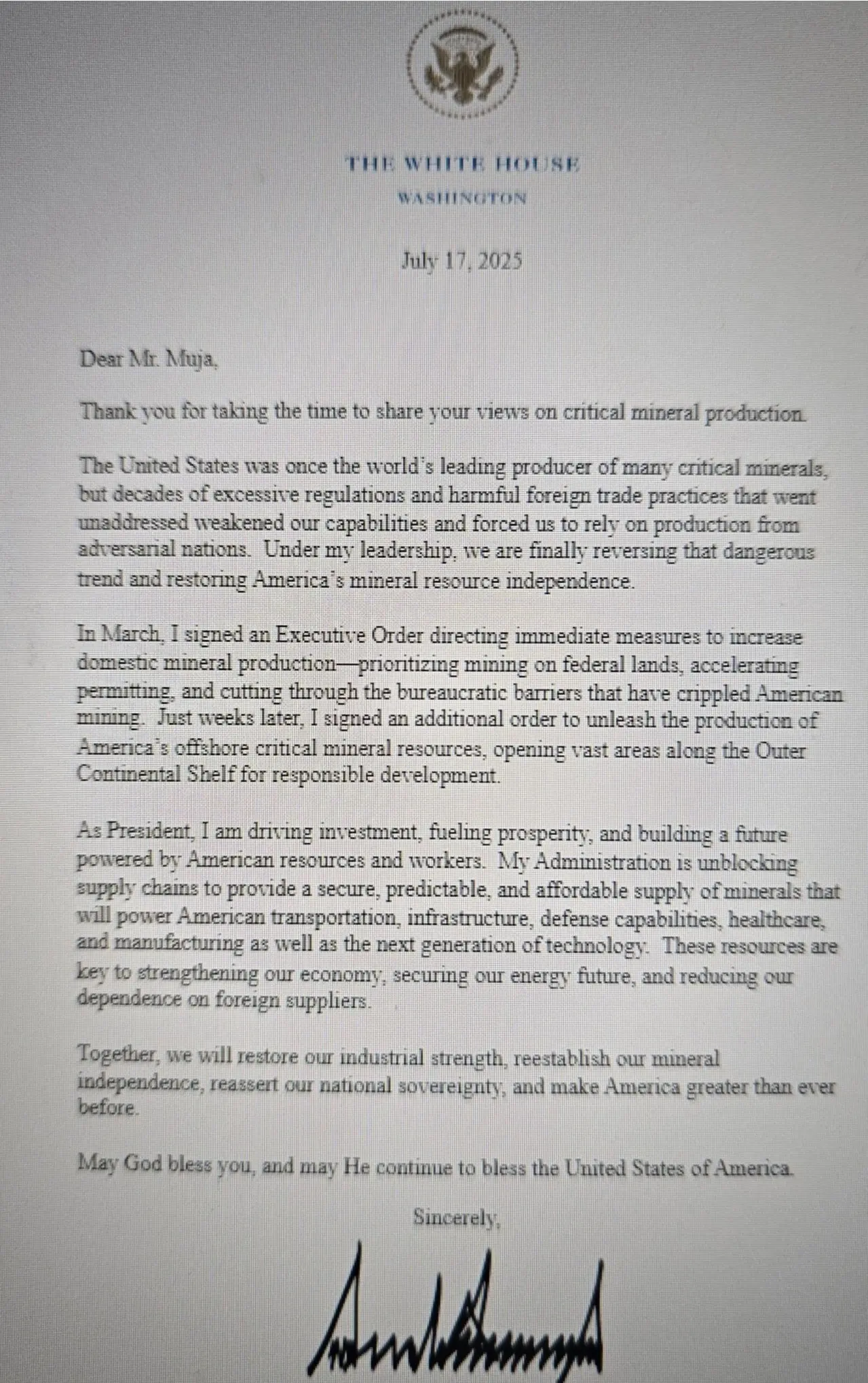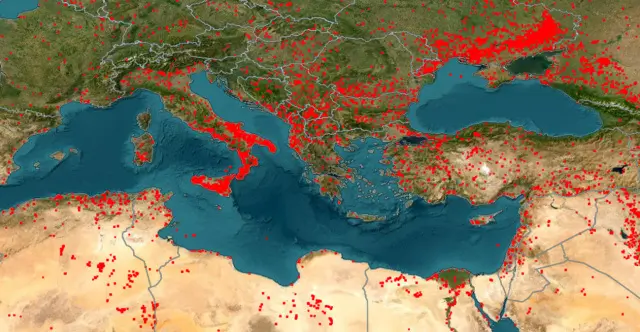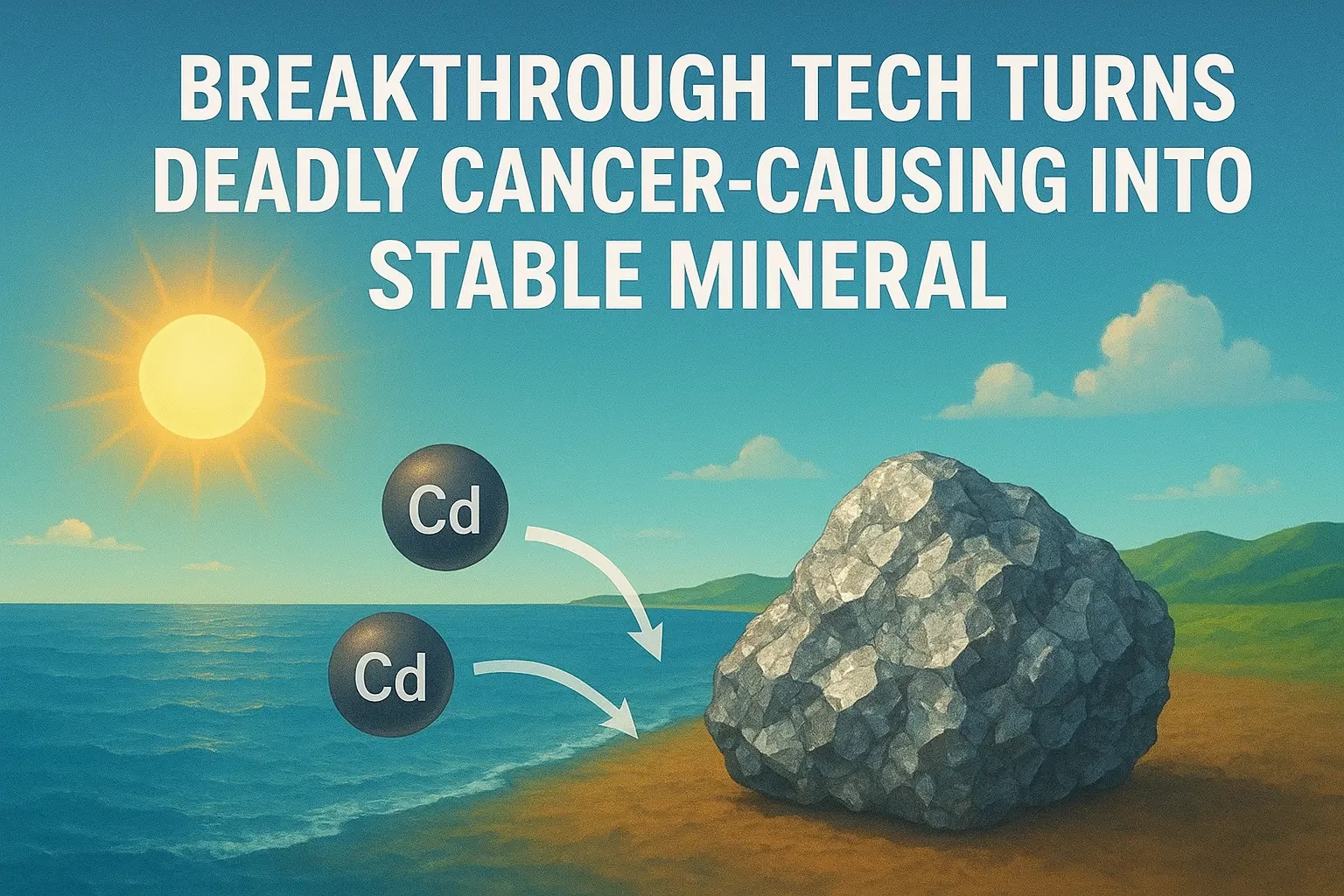
The Earth’s natural systems are the most complex chemistry laboratory in existence. Within its mantle, beneath immense pressures and temperatures, elements have organized themselves into minerals that both record and regulate the planet’s evolution. Among these minerals, olivine, a magnesium iron silicate (Mg₂SiO₄), stands out as one of nature’s most reactive and transformative materials. Its presence in the Earth’s upper mantle represents not only a geological foundation but also a potential solution to some of the greatest environmental crises humanity has created.
Cadmium is one of the most toxic and persistent heavy metals released through industrial civilization. It originates from mining, smelting, battery manufacturing, pigments, electroplating, and the use of phosphate fertilizers that contain cadmium impurities. In the environment, cadmium exists primarily as Cd²⁺ ions that are highly soluble in water, mobile in soils, and easily absorbed by plants and aquatic organisms.
Cadmium is a highly toxic heavy metal that causes serious health problems in humans, even at low levels of exposure. Its effects are cumulative, as it accumulates in the body over decades, primarily in the kidneys and liver, and disrupts multiple biological systems. Chronic cadmium exposure can lead to the following health issues:
Kidney Damage: Cadmium concentrates in the proximal tubules of the kidneys, impairing their ability to filter blood and reabsorb essential nutrients. This causes proteinuria (protein in urine), loss of calcium and phosphate, and can progress to chronic kidney disease or renal failure over time.
Bone Weakness: Cadmium interferes with calcium metabolism and vitamin D activation, leading to bone demineralization, osteoporosis, and increased risk of fractures. In severe cases, it caused Itai-Itai disease in Japan, marked by excruciating bone pain and skeletal deformities.
Lung Disease: Inhalation of cadmium dust or fumes can cause pulmonary edema, emphysema, chronic bronchitis, and irreversible lung damage. It is classified as a Group 1 human carcinogen, significantly increasing the risk of lung cancer.
Cardiovascular Problems: Cadmium exposure contributes to high blood pressure, endothelial damage, and acceleration of atherosclerosis, increasing the risk of heart disease and stroke.
Reproductive and Developmental Toxicity: Cadmium disrupts reproductive hormones, reduces fertility, and can cross the placental barrier, harming fetal development. It may impair growth, brain development, and cause birth defects.
Neurological Effects: Cadmium interferes with neurotransmitter function, causing cognitive deficits, memory loss, reduced motor coordination, and developmental delays in children.
Gastrointestinal Symptoms: Acute ingestion of cadmium can lead to nausea, vomiting, abdominal pain, and diarrhea, although chronic exposure is more insidious.
Cancer Risk: Cadmium accumulates in organs like the lungs, prostate, and kidneys, where it can induce DNA damage, oxidative stress, and mutations, increasing the likelihood of cancers in these tissues.
Immune System Impairment: Cadmium suppresses immune cell function, reducing the body’s ability to fight infections and increasing susceptibility to disease.
Endocrine Disruption: Cadmium mimics or interferes with essential metals like zinc and calcium, altering hormonal balance and disrupting metabolic regulation.
Unlike organic pollutants that can be degraded, cadmium is indestructible; once released, it cycles indefinitely through air, water, and living systems. Its biological half-life exceeds thirty years, and it accumulates in the human body, particularly in the kidneys and liver, where it interferes with essential enzymes, replaces zinc in metalloproteins, and induces oxidative stress, leading to renal failure, bone demineralization, reproductive toxicity, and cancer.
The geochemistry of cadmium contamination is intricate. In neutral or acidic soils, cadmium remains soluble and available for uptake by plants, entering the food chain through grains, vegetables, and seafood. Acid rain and industrial emissions exacerbate this mobility by lowering pH and dissolving cadmium compounds such as CdS and CdCO₃ that would otherwise remain stable. Once in aquatic environments, cadmium bioaccumulates in plankton, shellfish, and fish, gradually magnifying in concentration through trophic levels. The consequences for ecosystems and human health are severe, yet traditional remediation methods, chemical precipitation, ion exchange, or synthetic sorbents, are expensive, energy-intensive, and often produce secondary waste.
Cadmium is one of the most toxic and persistent heavy metals released through industrial civilization. It originates from mining, smelting, battery manufacturing, pigments, electroplating, and the use of phosphate fertilizers that contain cadmium impurities. In the environment, cadmium exists primarily as Cd²⁺ ions that are highly soluble in water, mobile in soils, and easily absorbed by plants and aquatic organisms.
When olivine weathers in the presence of water and carbon dioxide, it undergoes a geochemical reaction that consumes acidity and produces magnesium ions, bicarbonates, and silicic acid according to the equation Mg₂SiO₄ + 4CO₂ + 4H₂O → 2Mg²⁺ + 4HCO₃⁻ + H₄SiO₄. This reaction serves several simultaneous environmental functions. It removes CO₂ from the atmosphere and oceans, mitigating climate change through permanent mineral sequestration. It releases magnesium and iron that act as micronutrients for ecosystems. It neutralizes acidity in soils and oceans, stabilizing environments affected by acid rain or industrial discharge. Most importantly, it creates alkaline conditions that immobilize toxic metals such as cadmium, lead, arsenic, chromium, mercury, and nickel.
The mechanism of cadmium neutralization through olivine weathering is multifaceted. As olivine dissolves, it raises pH and increases the concentration of carbonate and hydroxide ions in the surrounding medium. Cadmium ions (Cd²⁺) then react with these anions to form insoluble mineral precipitates such as otavite (CdCO₃) and cadmium hydroxide (Cd(OH)₂), which are geochemically stable and non-toxic. These solid phases become permanently trapped within the growing mineral matrix or adsorbed onto the surface of newly formed iron and magnesium hydroxides derived from olivine.
The principal geochemical pathway can be expressed by the following overall reaction, which links olivine dissolution, carbon dioxide sequestration, and cadmium immobilization: Mg₂SiO₄ (olivine) + 4CO₂ + 4H₂O + Cd²⁺ → 2Mg²⁺ + CdCO₃ (otavite) + 3HCO₃⁻ + H₄SiO₄
This equation represents the simultaneous dissolution of magnesium olivine, the consumption of atmospheric or dissolved CO₂, and the precipitation of cadmium as solid otavite. The formation of CdCO₃ removes cadmium from solution while fixing carbon into a stable carbonate mineral. Depending on local redox conditions and the availability of sulfide or hydroxide ions, alternative reactions may also occur, such as Cd²⁺ + 2OH⁻ → Cd(OH)₂ (s) and Cd²⁺ + S²⁻ → CdS (s). These parallel pathways demonstrate olivine’s capacity to immobilize cadmium through both precipitation and adsorption mechanisms. The simultaneous rise in pH caused by olivine weathering enhances the thermodynamic favorability of these reactions, effectively removing Cd²⁺ from water and soil environments.
The result is a natural remediation process that is passive, self-sustaining, and scalable. Unlike synthetic technologies that require constant input of chemicals or electricity, olivine-driven detoxification relies solely on natural weathering, which can be accelerated by finely grinding the mineral and spreading it over contaminated soils, mine tailings, coastlines, or agricultural lands. Each particle of olivine becomes a micro-reactor that slowly dissolves, neutralizing acidity, binding cadmium, and releasing beneficial nutrients. This creates long-term environmental resilience without introducing artificial compounds or generating secondary pollutants.
In agricultural systems, olivine has an additional benefit as a slow-release natural fertilizer. The magnesium and silicon it releases enhance plant growth, chlorophyll formation, and resistance to disease. Iron and trace elements support microbial vitality and improve soil structure. As cadmium and other heavy metals become immobilized, crop safety and food quality improve. This technology thus addresses multiple problems at once: soil infertility, acidification, heavy-metal contamination, and atmospheric CO₂ excess.
In marine environments, olivine’s dissolution increases ocean alkalinity, counteracting acidification caused by rising CO₂ levels. Higher alkalinity allows marine organisms such as corals, mollusks, and plankton to maintain their calcium carbonate skeletons and shells. Moreover, the silicic acid released by olivine nourishes diatoms, microscopic algae that form the foundation of marine food webs and generate nearly half of the Earth’s oxygen. Through this pathway, olivine indirectly supports global biodiversity, fisheries, and climate regulation.
The implications of Albanian Minerals’ olivine technology extend beyond remediation to planetary engineering. By utilizing the Earth’s own natural cycles of mineral weathering, this approach rebalances fundamental geochemical parameters, carbon, acidity, and trace metal availability, that sustain life. Every ton of olivine dissolved can capture approximately 1.25 tons of CO₂ while simultaneously detoxifying thousands of liters of contaminated water. Deploying this process on a global scale could contribute significantly to carbon neutrality while restoring damaged ecosystems.
From a scientific perspective, olivine’s environmental reactivity arises from its crystal structure and thermodynamic properties. It is a nesosilicate composed of isolated SiO₄ tetrahedra linked by divalent metal cations (Mg²⁺ and Fe²⁺). These cations are weakly bonded and readily exchanged in aqueous environments. When exposed to slightly acidic water, the mineral surface undergoes protonation, releasing Mg²⁺ and Fe²⁺ into solution and leaving behind a layer of amorphous silica and hydroxides. This surface acts as an active sorbent for heavy metals. The dissolution kinetics are temperature-dependent and accelerated by biological activity, especially by microorganisms and plant roots that excrete organic acids. Thus, olivine operates within both abiotic and biotic cycles, integrating geochemistry and biology in a harmonious feedback loop.
The environmental benefits are profound, but so too is the economic and social potential. The reserves of high-grade olivine held by Albanian Minerals are vast, clean, and accessible, representing one of the most valuable natural assets for a sustainable future. Their utilization could support large-scale climate mitigation, water purification, and soil restoration projects across continents. Unlike synthetic carbon-capture facilities that demand huge investments and maintenance, olivine-based solutions offer a low-cost, long-term, and naturally regenerative alternative.
This innovation is a paradigm shift, from remediation to regeneration, from chemical intervention to geological cooperation. It aligns industrial progress with natural chemistry instead of opposing it. In this model, pollution is not merely managed; it is transformed into stable matter through the same mineralogical principles that shaped Earth’s crust. Cadmium, once a symbol of toxicity and industrial neglect, becomes bound into inert crystalline forms, locked away by the same elemental bonds that built mountains and ocean floors.
As we seek a future where humanity lives in harmony with the planet, olivine’s quiet strength offers a beacon of hope, a testament to nature’s enduring wisdom and resilience. Olivine is no ordinary rock. It is a living testament to nature’s elegance, an alchemist that transforms environmental crises into opportunities for renewal. Olivine reshapes our world in extraordinary ways and inspires a vision of sustainability that unites science and nature. It captures carbon by reacting with CO₂ through enhanced weathering, turning greenhouse gases into stable bicarbonates that lock carbon away for thousands of years. It neutralizes toxic heavy metals such as lead, cadmium, chromium, mercury, copper, nickel, zinc, arsenic, and uranium, binding them within its mineral matrix or transforming them into less harmful forms.
It replenishes the Earth with vital nutrients such as magnesium, iron, and silicon, feeding both soil and sea while nourishing plant and microbial life. It balances acidity, restoring chemical equilibrium to soils and oceans destabilized by industrial activity and climate change. And it sustains biodiversity by fostering conditions where diatoms, corals, and plants thrive, ensuring the resilience of ecosystems that support all higher life.
In a world increasingly strained by climate extremes, pollution, and loss of natural balance, olivine stands as a profound example of how geology can become ecology’s greatest ally. Its chemistry is timeless yet revolutionary, its effect subtle yet global. As Albanian Minerals leads the development of this green magnesium olivine technology, holding the world’s largest and highest-grade olivine deposits, it demonstrates that sustainable progress is not a contradiction of nature but an extension of it. Through the silent, slow reactions of olivine weathering, carbon is captured, poisons are neutralized, and life-supporting cycles are renewed. This is not merely the science of remediation but the science of regeneration—a restoration of harmony between the mineral heart of the planet and the fragile biosphere that depends on it.
In this new vision of environmental recovery, olivine becomes a living participant in the chemistry of hope. It transforms pollution into permanence, imbalance into stability, and crisis into renewal. Albanian Minerals’ pioneering work with high-grade green olivine proves that the answers to modern ecological challenges lie not in synthetic inventions but in understanding and amplifying the processes nature has perfected over billions of years. From the depth of Earth’s mantle to the surface of its oceans, olivine carries within its crystalline structure the potential for planetary healing. Its weathering writes the equation of equilibrium—one that replaces destruction with restoration and waste with wisdom.
Through this mineral, humanity may yet rediscover how to live in balance with the world that created it. Earth’s natural systems are the most complex chemistry laboratory in existence. Within its mantle, beneath immense pressures and temperatures, elements have organized themselves into minerals that both record and regulate the planet’s evolution. Among these minerals, olivine, a magnesium iron silicate (Mg₂SiO₄), stands out as one of nature’s most reactive and transformative materials. Its presence in the Earth’s upper mantle represents not only a geological foundation but also a potential solution to some of the greatest environmental crises humanity has created.
“The Earth itself is the greatest chemist. Beneath its mantle, under unimaginable pressures and temperatures, elements have shaped minerals that hold both the memory and the mechanics of our planet’s evolution. Among them, olivine stands as a masterpiece of natural design — a mineral forged in fire that now offers a pathway to renewal.
Cadmium, one of civilization’s most dangerous legacies, once symbolized the price of progress — toxic, persistent, and indestructible. Yet within olivine’s crystalline lattice lies a profound truth: that nature has already written the formula for healing. Through simple geochemical reactions powered by water, air, and time, olivine converts this deadly metal into stable, harmless stone. It consumes carbon dioxide, neutralizes acidity, and restores balance to the soils and oceans that sustain all life.
This is not the science of mitigation; it is the science of regeneration. Olivine teaches us that the path forward does not lie in opposing nature, but in understanding and amplifying it. Every grain of this mineral is a micro-reactor of hope — quietly transforming poisons into permanence, and imbalance into harmony.
Through Albanian Minerals’ stewardship of the world’s purest and most abundant olivine reserves, we are unlocking the planet’s own mechanisms of renewal at global scale. Each reaction is an act of healing. Each ton dissolved is a message — that humanity can restore what it has broken, not through domination, but through cooperation with the chemistry of life itself.
Olivine is not just a mineral; it is the bridge between geology and ecology, between what we have taken and what we can give back. It embodies a future where science, nature, and humanity move as one — where pollution becomes stone, carbon becomes stability, and the Earth once again becomes our greatest ally in survival.”
Sahit Muja
Founder, Chairman & CEO, Albanian Minerals















